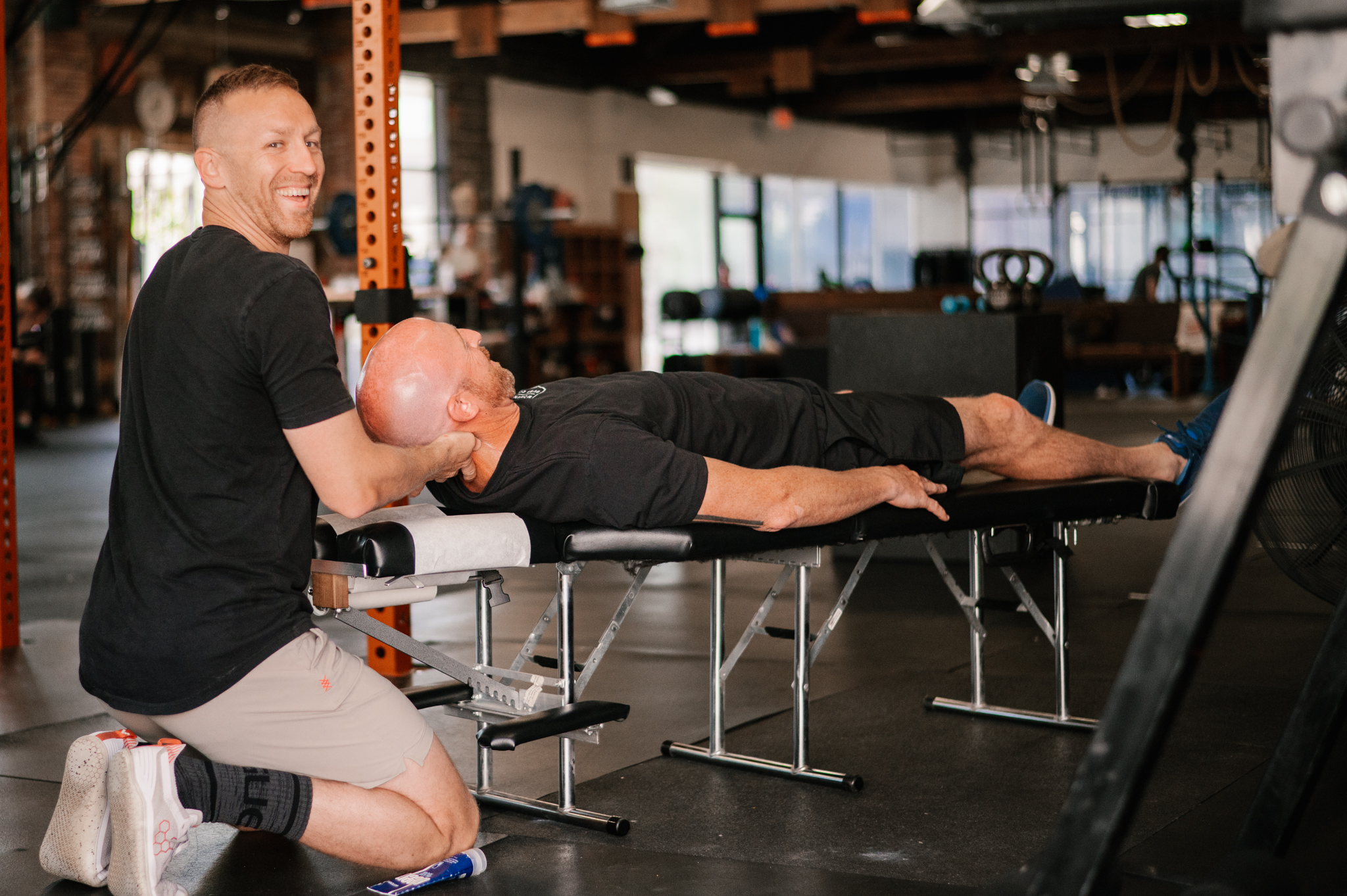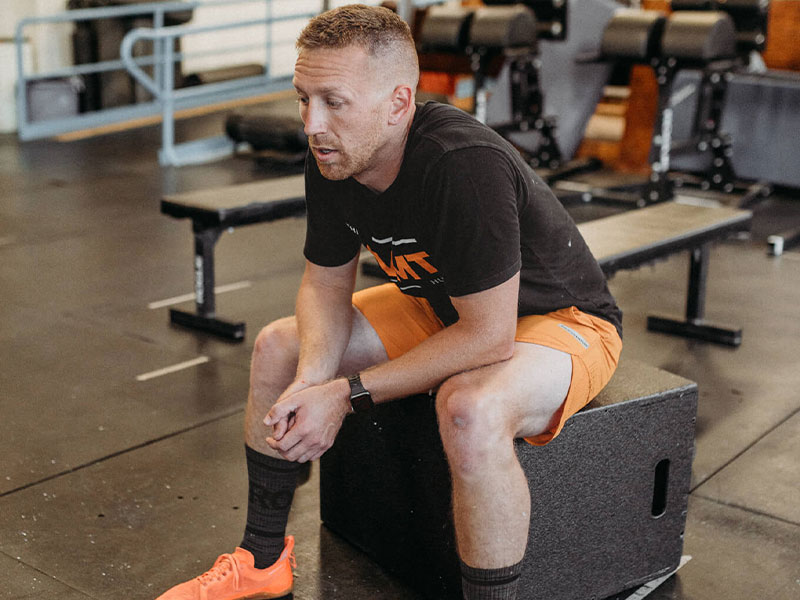When it comes to addressing pain in specific areas of the body, such as the knee, it’s essential to consider a broader perspective. In this post, we will explore why looking above and below the site of pain is crucial for a comprehensive assessment. Using the knee as an example, we will delve into the concept of joint stability and mobility, highlighting how dysfunction in adjacent joints can contribute to pain.
Understanding Joint Stability and Mobility:
In the human body, different joints possess varying degrees of stability and mobility. When we look over how the body functions in this alternating pattern of mobile and stable joints it’s called the Joint-by-Joint approach. Stable joints are designed to provide support and resist excessive movement, while mobile joints allow for a wide range of motion. Recognizing these characteristics and how they’re intended to function is fundamental to understanding the interconnectedness of the body’s musculoskeletal system.
The Knee as a Stable Joint:
The knee joint, for instance, is a fairly stable joint. Its main function is to provide support and transmit forces between the thigh and lower leg. While it allows some degree rotation during the screw home mechanism of extension, most of the motion comes in the form of flexion and extension. This varies greatly from other joints such as the hip or ankle.
Dysfunction Above the Knee:
When experiencing knee pain, it’s important to examine the joints and tissues above the knee, such as the hip and lower back. Dysfunction or imbalances in these areas can influence the mechanics and alignment of the lower extremities, potentially leading to knee pain. The mechanisms and alignment can be addressed via training, however other times a manual intervention may be required. This does not necessarily mean surgery or chiropractic manipulation, but can come in the form of soft tissue work, muscle activation and joint mobilization. Addressing any issues in these proximal joints can alleviate stress on the knee and promote better overall function.
Dysfunction Below the Knee:
Similarly, dysfunction in joints located below the knee, such as the ankle and foot, can also contribute to knee pain. Improper foot mechanics or misalignment, such as excessive pronation, can affect the distribution of forces during movement, placing excess stress on the ankle and thus further transferring stresses into the knee. Each of these joints has its own purpose, the foot being a more stable platform, the ankle a mobile collection of joints that can allow for a multitude of motions. If, through injury, poor mechanics or loading the foot or ankle alter function often the knee is the first to suffer. Correcting these issues, via treatment or training, can help restore proper biomechanics and alleviate knee pain.
Comprehensive Assessment and Treatment:
By expanding our focus beyond the site of pain, we can conduct a more comprehensive assessment of the entire kinetic chain. This involves analyzing movement patterns, identifying muscle imbalances and assessing joint function to pinpoint potential sources of pain. Treatment strategies may involve targeted exercises, strength training, manual therapy and corrective techniques to restore balance and promote optimal joint and tissue function.
When addressing pain in specific areas like the knee, it is crucial to look beyond the site of pain. Understanding the stability and mobility of adjacent joints, such as the hip, lower back, ankle and foot, allows for a more comprehensive assessment. By identifying and addressing dysfunction in these areas, we can effectively alleviate pain, restore proper biomechanics and optimize overall function all without eliminating what you love. Embracing a holistic approach that considers the interconnectedness of the body’s musculoskeletal system is key to achieving long-lasting pain relief and improved quality of life.




